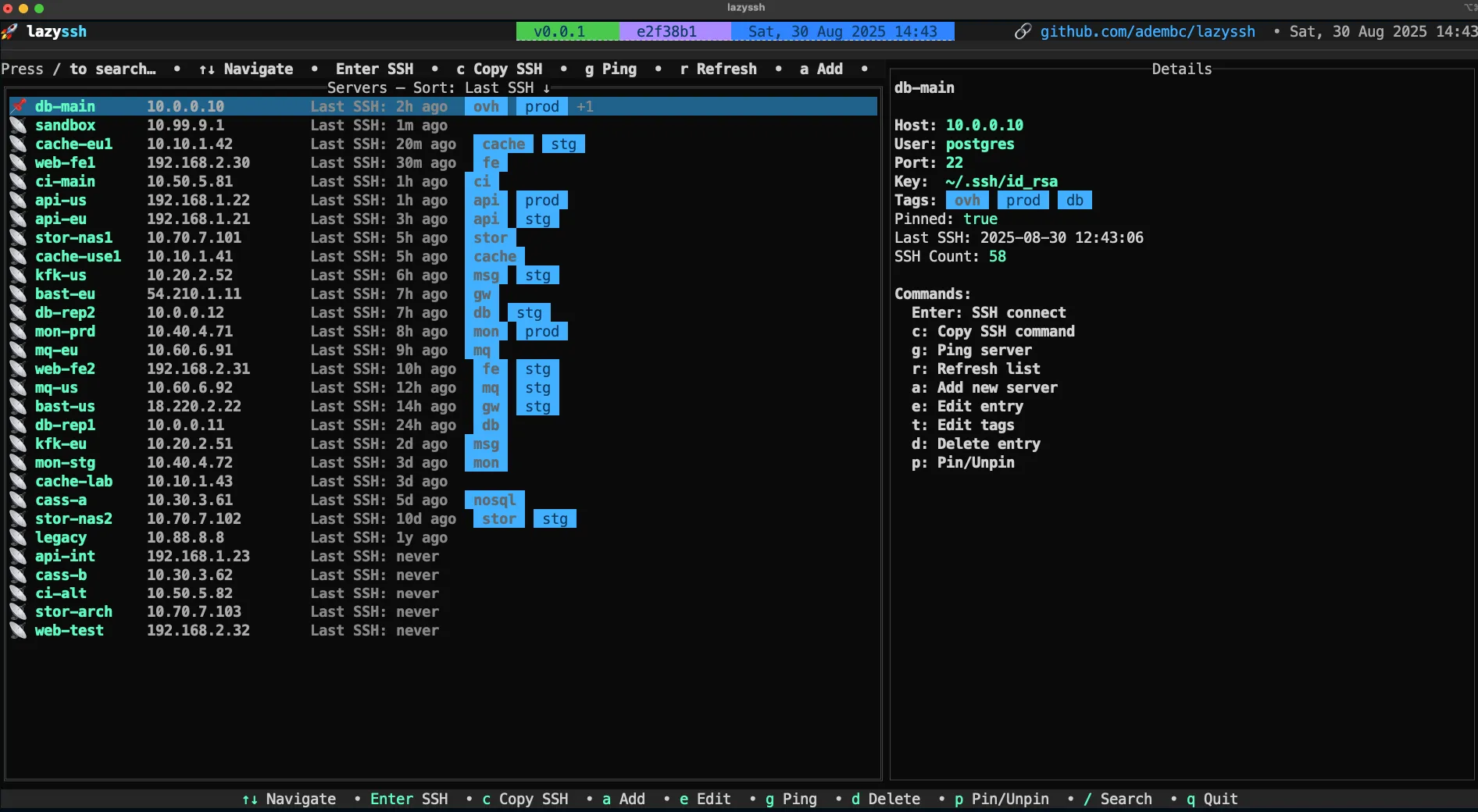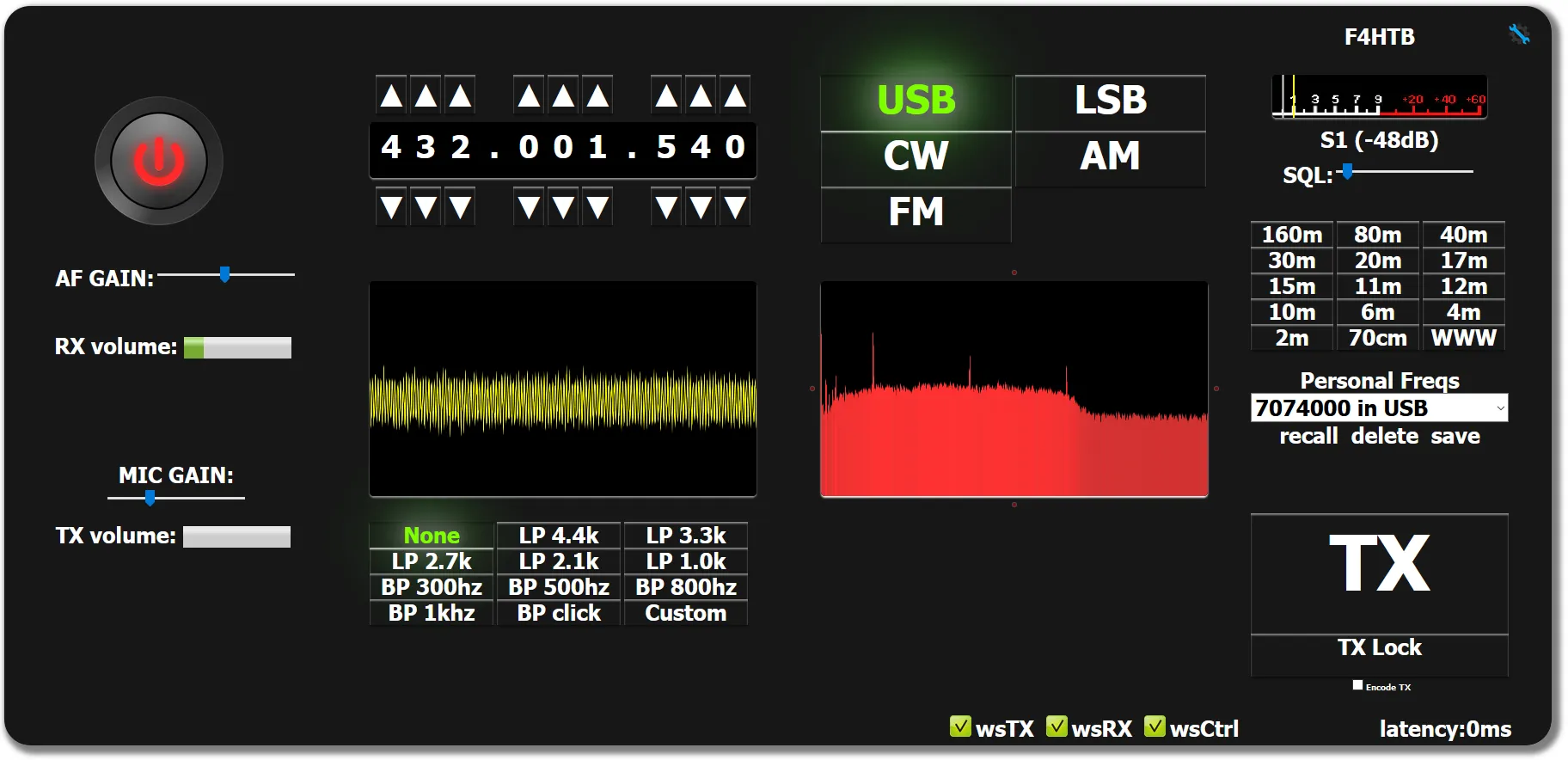The Best Open Source Solutions for Personal Cloud: A Comprehensive Guide
In an era where data privacy and control are paramount, setting up a personal cloud offers an excellent alternative to traditional cloud services. By leveraging open source solutions, you can maintain complete control over your data, customize your setup to meet specific needs, and avoid subscription fees. This article explores some of the best open source solutions for creating a personal cloud, providing insights into their features, benefits, and how they can help you take control of your data.
Why Choose an Open Source Personal Cloud?
- Data Privacy and Security:
- Open source personal clouds allow you to keep your data under your control, reducing the risk of third-party access or breaches. You can implement your own security measures, ensuring your data remains private.
- Cost-Effectiveness:
- Unlike proprietary cloud services that often require subscription fees, open source solutions are typically free to use. This can result in significant cost savings over time.
- Customization and Flexibility:
- Open source software is highly customizable, allowing you to tailor the system to your specific needs. You can add features, modify existing ones, and integrate with other tools and services.
- Community Support:
- Open source projects benefit from active communities of developers and users who contribute to ongoing improvements, provide support, and share valuable resources.
Top Open Source Personal Cloud Solutions
- Nextcloud Overview:
- Nextcloud is one of the most popular open source personal cloud platforms. It offers a comprehensive suite of features for file synchronization, sharing, and collaboration.
- File storage and synchronization across devicesCalendar, contacts, and task managementReal-time document editing and collaborationEnd-to-end encryption for secure data transferExtensive app ecosystem for added functionality
- Highly customizable and extendable with a wide range of apps
- Strong focus on security and privacy
- Active community and professional support options
- ownCloud Overview:
- ownCloud is another widely-used open source personal cloud solution that provides similar features to Nextcloud but with a slightly different focus and ecosystem.
- File synchronization and sharingIntegration with existing infrastructure and applicationsStrong security features, including encryption and access controlsSupport for a wide range of storage backends
- Scalable and suitable for both personal and enterprise use
- Flexible deployment options
- Robust community support and commercial offerings
- Seafile Overview:
- Seafile is an open source file syncing and sharing platform designed for high performance and reliability. It is well-suited for users who need efficient data handling.
- High-performance file synchronizationFile versioning and recoveryBuilt-in encryption for secure file storage and transferCollaboration tools, including shared libraries and group management
- Optimized for speed and efficiency
- Strong focus on data security and integrity
- Suitable for both individual and organizational use
- Pydio Cells Overview:
- Pydio Cells is an advanced open source file sharing and synchronization platform designed for modern file management needs.
- File sharing and collaborationFine-grained access controls and user managementAdvanced security features, including audit logs and encryptionReal-time collaboration tools and integrations
- Highly scalable and enterprise-ready
- Comprehensive security and compliance features
- Modern and user-friendly interface
- Syncthing Overview:
- Syncthing is a decentralized open source synchronization tool that focuses on peer-to-peer file synchronization without relying on a central server.
- Real-time file synchronization between devicesPeer-to-peer architecture for direct file transfersStrong encryption and security measuresCross-platform support, including mobile devices
- No central server required, enhancing privacy and control
- Lightweight and easy to set up
- Ideal for users who need a simple and secure sync solution
Setting Up Your Personal Cloud
Setting up a personal cloud using these open source solutions generally involves the following steps:
- Choose Your Hardware:
- Depending on your needs, you can use a dedicated server, a NAS device, or even a Raspberry Pi for smaller setups.
- Install the Software:
- Download and install your chosen open source cloud solution. Most of these platforms provide detailed installation guides and documentation.
- Configure Your System:
- Set up user accounts, configure storage options, and apply security settings. Customize the system by installing additional apps or plugins as needed.
- Access Your Cloud:
- Use web interfaces, desktop clients, or mobile apps to access your personal cloud. Ensure you have secure remote access if you need to access your data from outside your home network.
- Regular Maintenance:
- Keep your system updated with the latest security patches and updates. Regularly back up your data to prevent loss in case of hardware failure.
Conclusion
Choosing an open source solution for your personal cloud provides numerous advantages, from enhanced privacy and security to cost savings and customization. Nextcloud, ownCloud, Seafile, Pydio Cells, and Syncthing are some of the best options available, each offering unique features and benefits. By setting up your personal cloud, you can take control of your data and enjoy a secure, flexible, and cost-effective cloud experience tailored to your specific needs.






Post Comment